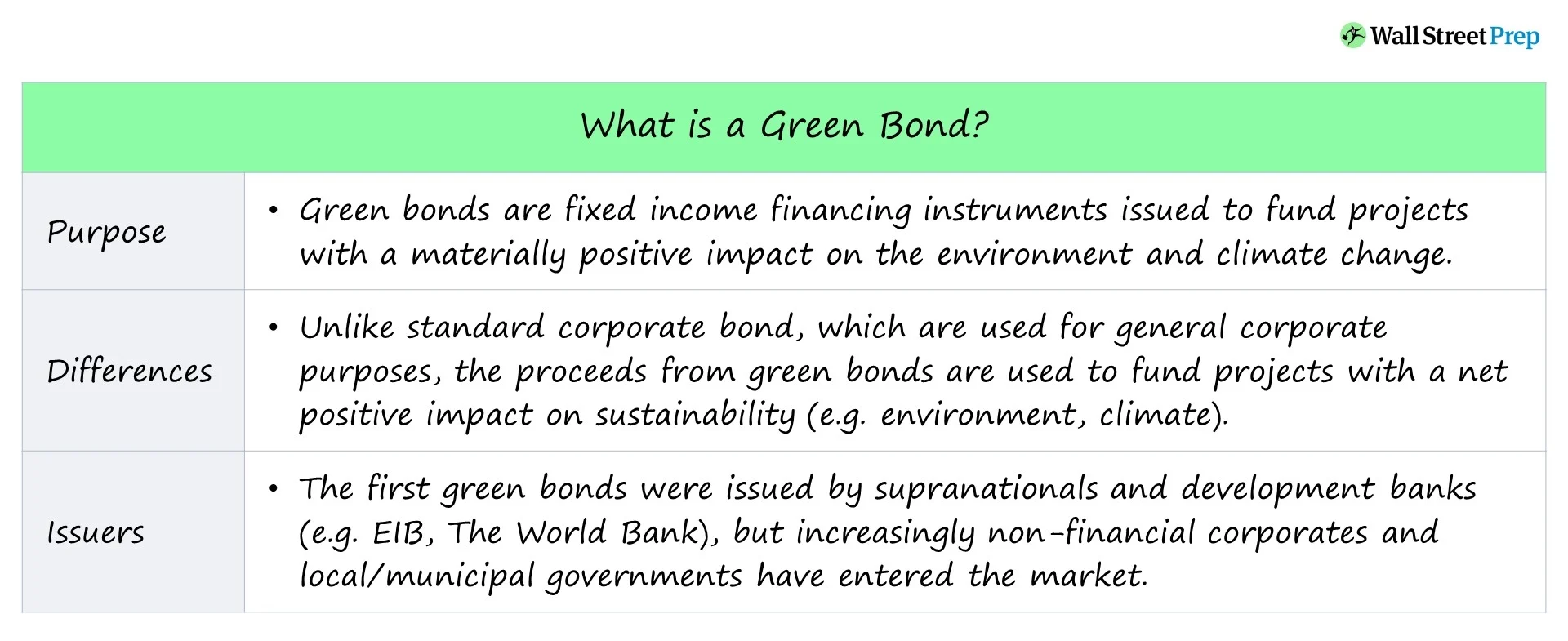Introduction
For decades, ESG data has been trapped in static spreadsheets and siloed systems. As global regulations tighten and stakeholder scrutiny intensifies, this legacy approach is proving inadequate. ESG reporting is no longer just a compliance box to check—it’s a strategic pillar. Enter Artificial Intelligence (AI), transforming ESG from backward-looking reporting into forward-focused action.
“AI allows ESG to leap from reactive documentation to proactive leadership. For Green Govern Advisors, it’s not just about automation—it’s about insight, integrity, and impact.” — Founder, Green Govern Advisors
The Spreadsheet Bottleneck
Spreadsheets remain the dominant tool in ESG reporting, but they bring serious limitations:
- Human error leads to inaccuracies in emissions calculations and disclosures
- Lack of scalability makes global or complex reporting burdensome
- No integration with real-time or unstructured data sources (like supplier audits, satellite data, or news reports)
- Static snapshots, preventing dynamic, proactive ESG management
These issues make it nearly impossible to comply with frameworks like the EU’s Corporate Sustainability Reporting Directive (CSRD), IFRS S1/S2, or the SEC’s upcoming climate disclosure rule.
What AI Brings to the Table
AI is not just a reporting tool—it’s a strategic enabler for ESG. Here’s how:
1. Automated Data Aggregation
AI systems ingest ESG data from diverse sources—enterprise systems, supply chain platforms, social media, even satellite feeds. NLP (Natural Language Processing) extracts relevant insights from unstructured data like news articles and sustainability reports.
Example: AI aggregates Scope 3 emissions data from 400+ suppliers across different geographies and formats.
2. Dynamic Materiality Mapping
Traditional materiality assessments are periodic and survey-based. AI models analyze real-time data and stakeholder sentiment to identify what’s material now—not just what was important last year.
3. Greenwashing Detection
Machine learning cross-validates ESG claims with external data sources. Discrepancies between reported KPIs and actual performance (e.g., factory emissions or labor rights violations) trigger alerts.
4. Predictive Scenario Modeling
AI models forecast future ESG risks and opportunities—such as how drought might impact water-intensive operations in five years. This enables resilience planning.
5. Tailored ESG Reporting
AI customizes ESG reports to different stakeholders—investors, regulators, customers—automatically mapping metrics to frameworks like GRI, TCFD, TNFD, and ESRS.
“The ability to speak to investors, regulators, and customers in a language each understands is a game changer. AI helps companies move from generic disclosures to precision-driven storytelling.” — Founder, Green Govern Advisors
Real-World Impact: A Mini Case Study
A global FMCG company used AI-driven ESG software to assess 1,000+ suppliers for human rights risks. What took 6 analysts two months was completed in 36 hours—with higher accuracy. AI flagged previously undetected risks tied to subcontractor labor practices in Southeast Asia.
Ethical & Governance Considerations
AI can perpetuate bias if not designed responsibly. For instance, algorithms trained on biased hiring data may misrepresent DEI (diversity, equity, and inclusion) scores. Transparent governance, explainability, and model audits are essential to prevent this.
Recommendation: Companies should integrate AI ethics into ESG governance—ensuring models don’t undermine the very goals they’re meant to advance.
“AI ethics must sit at the heart of ESG governance. Technology can scale integrity—but only if designed to do so.” — Founder, Green Govern Advisors
Compliance Meets Innovation
Here’s how AI aligns with key ESG frameworks:
| Framework | AI Use Case |
|---|---|
| CSRD | Automated double materiality analysis |
| TCFD | Climate risk simulation & disclosure |
| TNFD | Nature-related geospatial analytics |
| GRI/ESRS | Real-time KPI mapping & stakeholder reporting |
The Road Ahead
AI won’t replace sustainability professionals—it will empower them. The future ESG platform will be:
- Autonomous: Flagging risks, simulating outcomes, and recommending interventions
- Integrated: Embedded in operations, not siloed in CSR teams
- Interactive: Featuring digital ESG twins for scenario planning
- Inclusive: Accessible to SMEs and emerging markets
Conclusion
The move beyond spreadsheets isn’t just a tech shift—it’s a mindset shift. AI-powered ESG is smarter, faster, and more trustworthy. For companies seeking resilience and reputation in a stakeholder-driven world, the time to digitize ESG with AI is now.
Next Step: Audit your ESG data maturity. If your reports still live in Excel, you’re already behind.
References
- McKinsey & Company (2023). The ESG premium: New perspectives on value and performance.
- World Economic Forum (2024). Global Risks Report.
- IFRS Foundation (2023). IFRS Sustainability Disclosure Standards.
- Harvard Business Review (2023). AI and Sustainability: A Strategic Alliance.
- PwC (2023). State of Climate Tech 2023.
- SASB (2024). Guidance on AI Use in ESG Reporting.






One Response
fantastic submit, very informative. I wonder why the other specialists of this sector don’t notice this. You should continue your writing. I’m confident, you have a huge readers’ base already!